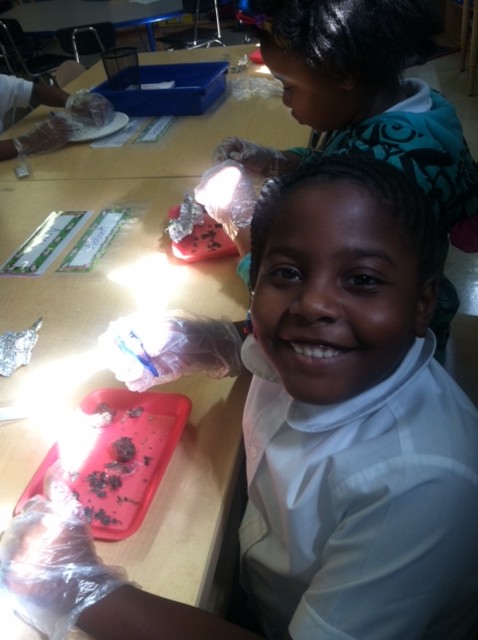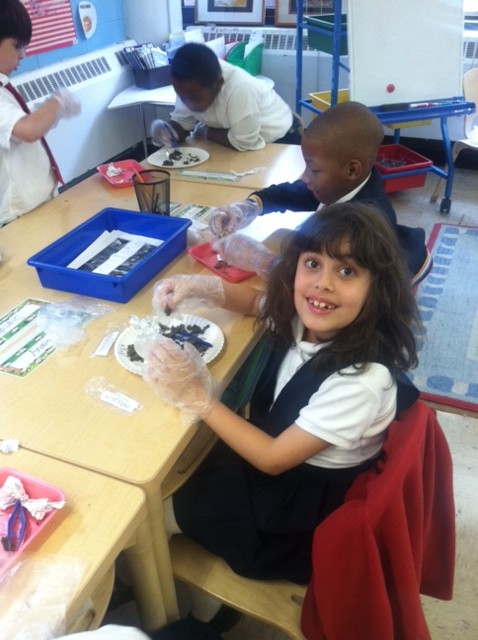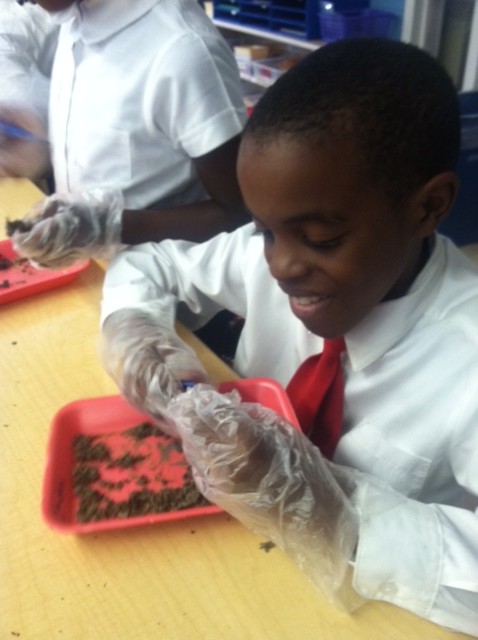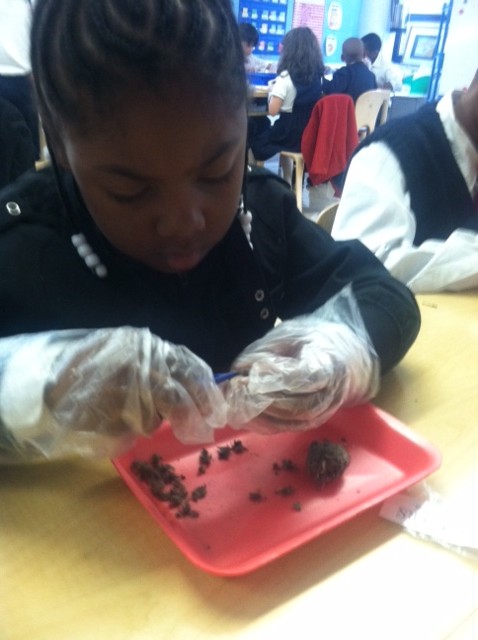
Why do birds of a feather flock together in New York City?
The New American Academy Public School 770 in Brooklyn, New York celebrates science with six interdisciplinary units of study throughout the year: Agriculture, Medicine, Transportation, Energy, Engineering, and Communication. This past fall, the third grade used their Pennington Adopt-a-School Mini-grant to fund activities in their Agriculture curriculum. During this eight-week cycle of study in the Agriculture curriculum, the third-grade students learned about birds living in urban settings through hands-on learning activities such as art projects, field trips, owl pellet dissections, and bird-watching!
The unit began with the students learning the basics about birds. For example, the students learned what makes a bird, a bird. They also learned the body parts and general anatomy of birds while discovering how many different types of birds exist on planet Earth today! For the rest of the six-week program, however, the third-graders learned specifically about the thirteen focal bird species.
The first bird-watching activity of many was completed with the help of the internet. The children were shown real birds through cool, live-streaming cams. Although bird identification is really hard, with a little bit of practice, everyone began to slowly learn the names of all the birds on the video stream!
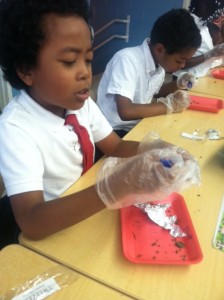
In an attempt to connect with wildlife in their very own neighborhood, the third graders made bird feeders out of common household items such as paper towel rolls and vegetable shortening with bird seed and hung them up in the school yard! This source of food attracted many more birds, allowing a second bird-watching activity to take place. The students were equipped with clipboards and binoculars, constantly identifying and tallying the birds spotted. Everyone had a blast being able to take the classroom outdoors! After making the bird feeders, bird nutrition became a topic of study; the students learned about sunflowers and their importance to birds as a source of food.
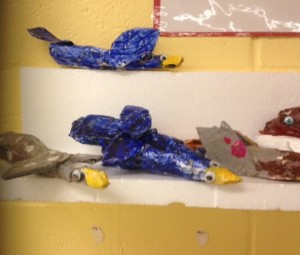
Midway through the unit, the students took a field trip to visit Prospect Park where they spoke to some park rangers about the thirteen focal bird species. During their nature walk, the park rangers pointed out nests and other bird habitats throughout the park, including a pond with ducks swimming in it. Along the way, feathers were collected and examined; it was a truly immersive experience! The students, teachers, and parents on the field trip took this opportunity to do another official CUBs bird-watching activity with binoculars and data sheets. Not only were they having fun, but they were doing very important data collection! 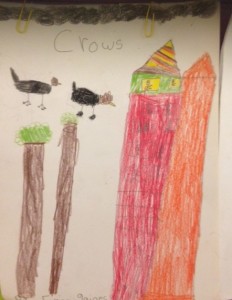
After learning all about the thirteen focal species, the third-graders were given a research assignment. Each student had to pick from any of the birds they had learned about during the unit and write a report on the bird. Each report needed to have a decorated report cover page. These reports were read to the parents at the final curriculum showcase at the end of the unit!
At the end of every unit, the school celebrates with an event called a Curriculum Celebration, to which all members of the school community are invited. During this 60-90 minute celebration, the students became the teachers for their parents and special guests. They read their reports, dissected owl pellets, and even did a fun school-yard bird-watching activity! A fun video was shown, summarizing what the students had learned throughout the eight weeks!
